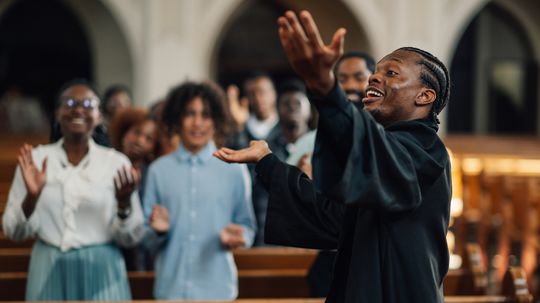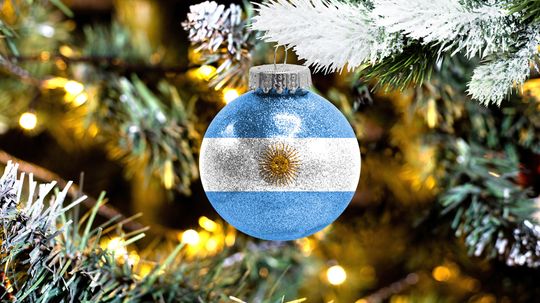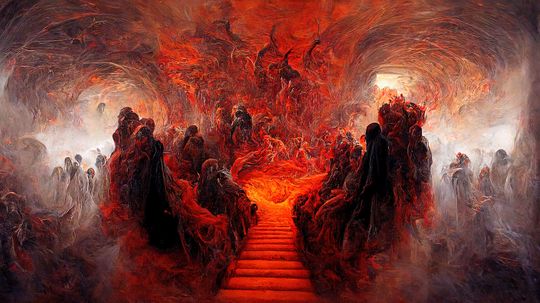Culture & Traditions
Cultures and Traditions takes a look at how people interact with each other. This might be through sub-cultures, relationships, fads or religion and spirituality.

Inside LA's Forest Lawn, Where the Biggest Celebrities Rest in Peace

Is Human Composting the Greenest Burial Option?

What's With Germany's Strict Burial Regulations?

Unleashing Majestic Power: Exploring the Symbolism of Lion Tattoos
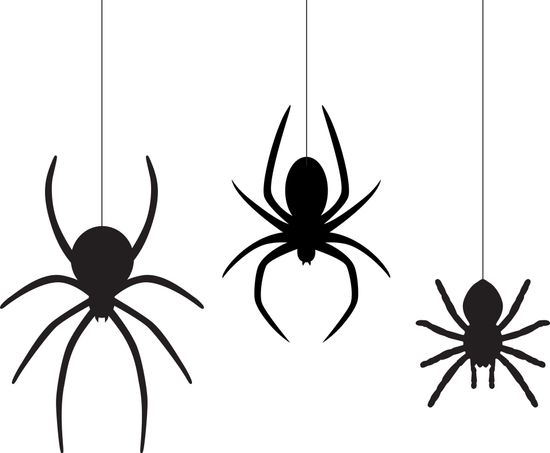
Unveiling the Profound Symbolism of Spider Tattoos

Unraveling the Symbolic Tapestry of Dragonfly Tattoos: Meanings, Designs, and Transformative Power

The 10 Weirdest Foods in the World Have Us Struggling to Finish Lunch
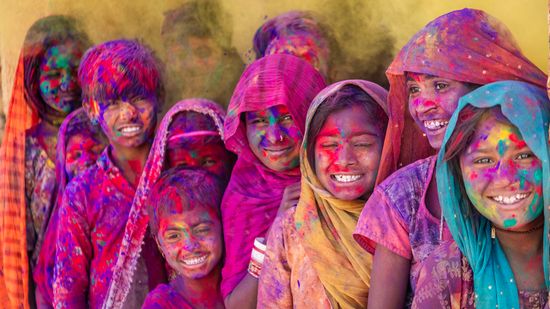
13 Indian Festivals That Celebrate Life, Love and Renewal

10 Japanese Festivals With Distinctly Different Vibes

12 Weird Words That Don't Always Mean What They Used To

5 Types of Communication You Didn't Know You're Using

The Most Common Words in English Aren't Nouns or Verbs

Why Do Kids Say '6 7'? What Does '6 7' Actually Mean?
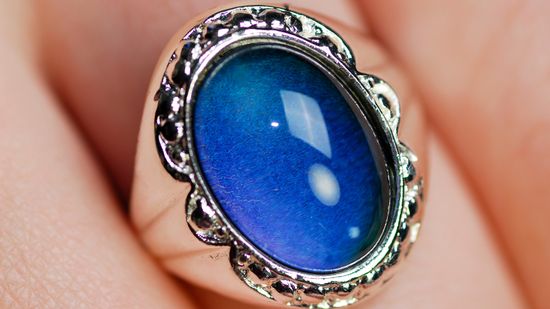
What's the Science Behind Mood Rings?

10 Things We Love to Hate About the '70s and '80s

5 Family Traditions for New Babies

5 Family Anniversary Traditions

5 Family Traditions for Daughters
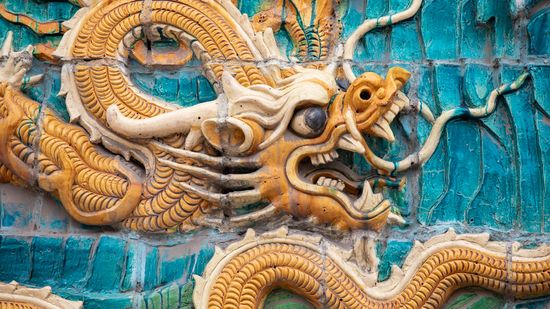
13 Types of Dragons Humans Have Dreamt Up Over Millennia

Foo Dog: A Mythical Mix of Lion and Chow Chow

Are Black Magic Spells Powerful? The Truth Behind Their Strength

20 Old Money Last Names That Scream Aristocracy

20 Most Common Surnames in the U.S. (and What They Mean)

What Are the Most and Least Popular Birthdays in the U.S.?

90s Slang You Don't See Anywhere but TikTok Anymore

7 Gen Z Characteristics to Help You Understand Zoomers

10 Millennial Characteristics to Decode a Generation

How Many Sentences Are in a Paragraph, Really?

All About Adjectives: Examples, Types and Uses

Simile Examples in Literature and Everyday Language
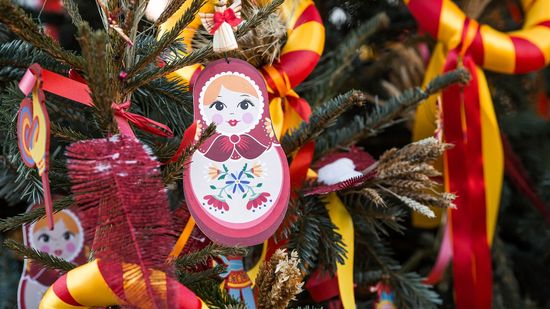
Russian Christmas Traditions: Jan. 7, Nativity Fast (Not Feast!) and More

Origins of Santa Claus: A Turkish Saint and American Poetry

The Origins of Christmas and a Roman Sun God's Birthday
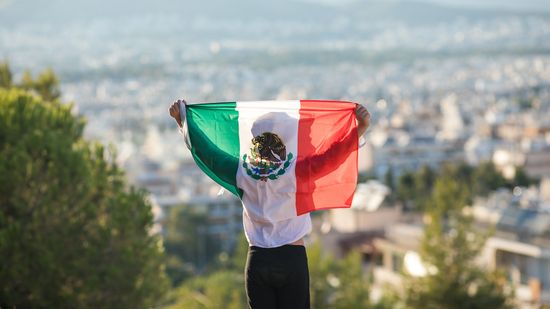
Mexico's Flag Represents Ancient History and Everlasting Hope

5 Black-Red-Yellow Flag Designs Around the World
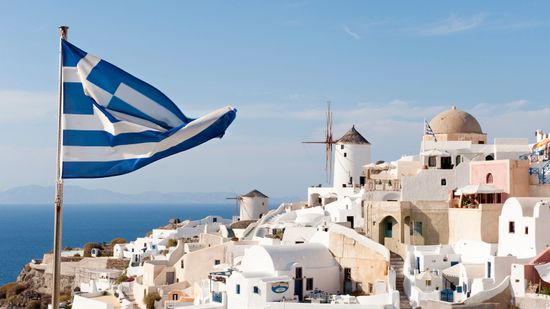
Which Blue and White Flag Is That? 9 Possibilities

How to Tell If She’s Cheating: Common Clues and Behaviors

Signs She’s Not in Love with You – She’s Just Playing Along

7 Signs He Likes You More Than Just a Friend
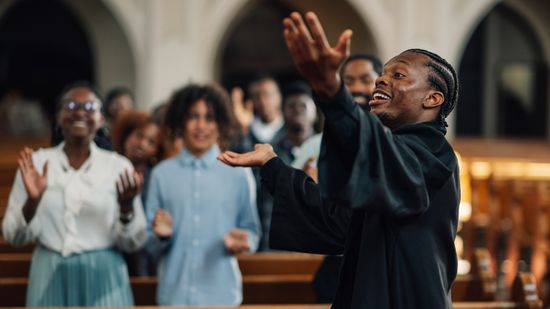
Why Do We Say 'Amen'?

The Origins of Yoga: Spirituality, Meditation, and Wholeness

Origins of Hinduism and a Constantly Evolving Religion

5 Most Bike-friendly Cities in the U.S.

The Zizians: A Strange and Dangerous Techno-Cult

How Synanon Went From Rehab Philosophy to Violent Cult

Quiz: Finish That Jingle!

How One Woman Unexpectedly Became the Voice of Siri
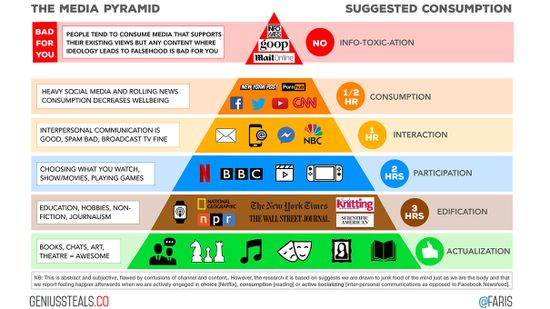
There's a Healthier Way to Consume Your Media
Learn More
Whether spoken softly in private prayer or shouted in church, the word carries weight. But have you ever asked, why do we say amen?
Cycling isn’t just about recreation anymore. In the most progressive American cities, bikes play a critical role in daily transportation.
If you've ever heard a kid randomly shout "six seven" in class or during a basketball game, you're not alone in wondering: Why do kids say 6 7?
Advertisement
The holiday season in Russia holds a rich blend of faith, folklore, and festivity. Russian Christmas traditions reflect the deep roots of Orthodox Christian customs, folk beliefs, and even Soviet-era influences.
Ever wonder where the jolly man in the red suit came from? The origins of Santa Claus are a mix of myth, history, and marketing, all rooted in an ancient saint and reshaped by centuries of Christmas customs and commercial imagination.
When you say "Merry Christmas," you're tapping into a holiday with roots deeper than a pine tree's. The origins of Christmas stretch across centuries, cultures, and calendars, blending Christian beliefs with ancient customs to form one of the most widely celebrated holidays in the world.
When people celebrate Christmas today, they’re often following customs that long predate Christianity. Many pagan Christmas traditions evolved from ancient winter solstice festivals, adapted by early Christians as they spread their faith through Europe.
Advertisement
In Argentina, Christmas comes at the height of summer. That flips many traditional winter holiday expectations on their head.
The word yoga comes from the Sanskrit root "yuj," meaning "to join or unite." In its earliest sense, it referred to the union of individual consciousness with universal consciousness. But the origins of yoga are far more complex than a single definition or set of poses.
According to legend, whoever finds the hidden pickle on the tree gets an extra present or good luck for the next year. But is this festive scavenger hunt really an age-old German custom, or just a clever way to sell more glass ornaments?
Hinduism is often called the world’s oldest living religion. But tracing the origins of Hinduism isn’t like finding the founder of Christianity or the date Islam began. It doesn’t have a single historical founder or sacred text.
Advertisement
The origins of Buddhism trace back over 2,500 years to ancient India, where a spiritual teacher named Siddhartha Gautama achieved enlightenment and became the Buddha.
Christmas is often considered a Christian holiday, and Jehovah's Witness is considered a branch of Christianity, but do Jehovah's Witnesses celebrate Christmas?
The story of Black Peter (Zwarte Piet) is one of the most debated traditions in Dutch society today.
The origins of Islam trace back to the early seventh century on the Arabian Peninsula. Islam began in the city of Mecca, where a man named Muhammad, a successful merchant from a powerful tribe, received a divine revelation.
Advertisement
After catching a holiday-themed anime episode, you may wonder, does Japan celebrate Christmas? While Christmas isn't a national holiday in Japan, the country embraces the season with a unique blend of festive cheer, romantic traditions, and commercial flair.
The Krampus legend isn't your typical Christmas tale. This half-goat, half-demon figure from Alpine folklore puts a chilling spin on the holiday season.
Where did Christianity originate from? The question has a surprisingly detailed answer.
Food is a window into culture, but sometimes it can raise eyebrows before it reaches your mouth.
Advertisement
We're sure there's been a time when you heard a surname and immediately thought, "Ah, wealth." That reaction isn’t random. Old money last names carry a reputation built over generations of shaping culture, politics, and global finance.
Every October, kids across America fill their pillowcases and pumpkin buckets with sweets. The most popular Halloween candy isn’t always what you'd expect: Some classics dominate every year, while others quietly rise in the ranks thanks to changing tastes and regional favorites.
Looking for a chilling way to spend your fall nights? Whether you're into psychological horror or full-contact frights, the best haunted houses in Ohio deliver big scares and bigger thrills.
When most people hear the word "Thanksgiving," they picture a late-November feast with turkey, pumpkin pie and maybe a football game on TV. But in Canada, Canadian Thanksgiving happens on the second Monday in October and brings its own unique history and traditions.
Advertisement
Want to test your courage this Halloween? The best haunted houses in Illinois crank the fear up to 11. These aren’t just jump-scare shacks with fog machines. They’re full-blown, professionally produced nightmares that draw thousands of thrill seekers every fall.
They go by many names. Some are symbols of destruction, others twisted forms of ancient gods, and a few look suspiciously like medieval nobles on a really bad day. Whatever you call them, this list of demons captures a lot of fear, folklore, and theology.
